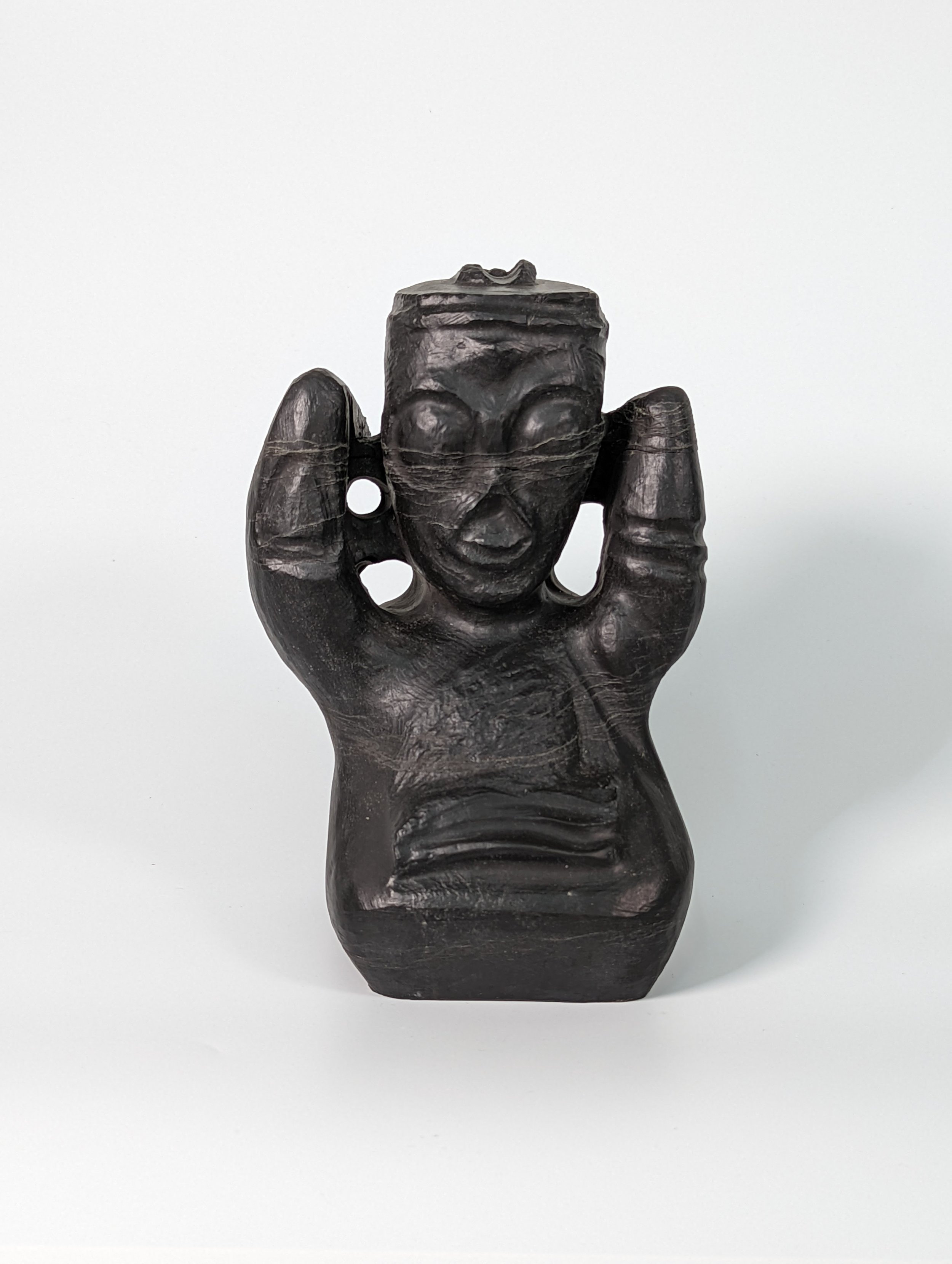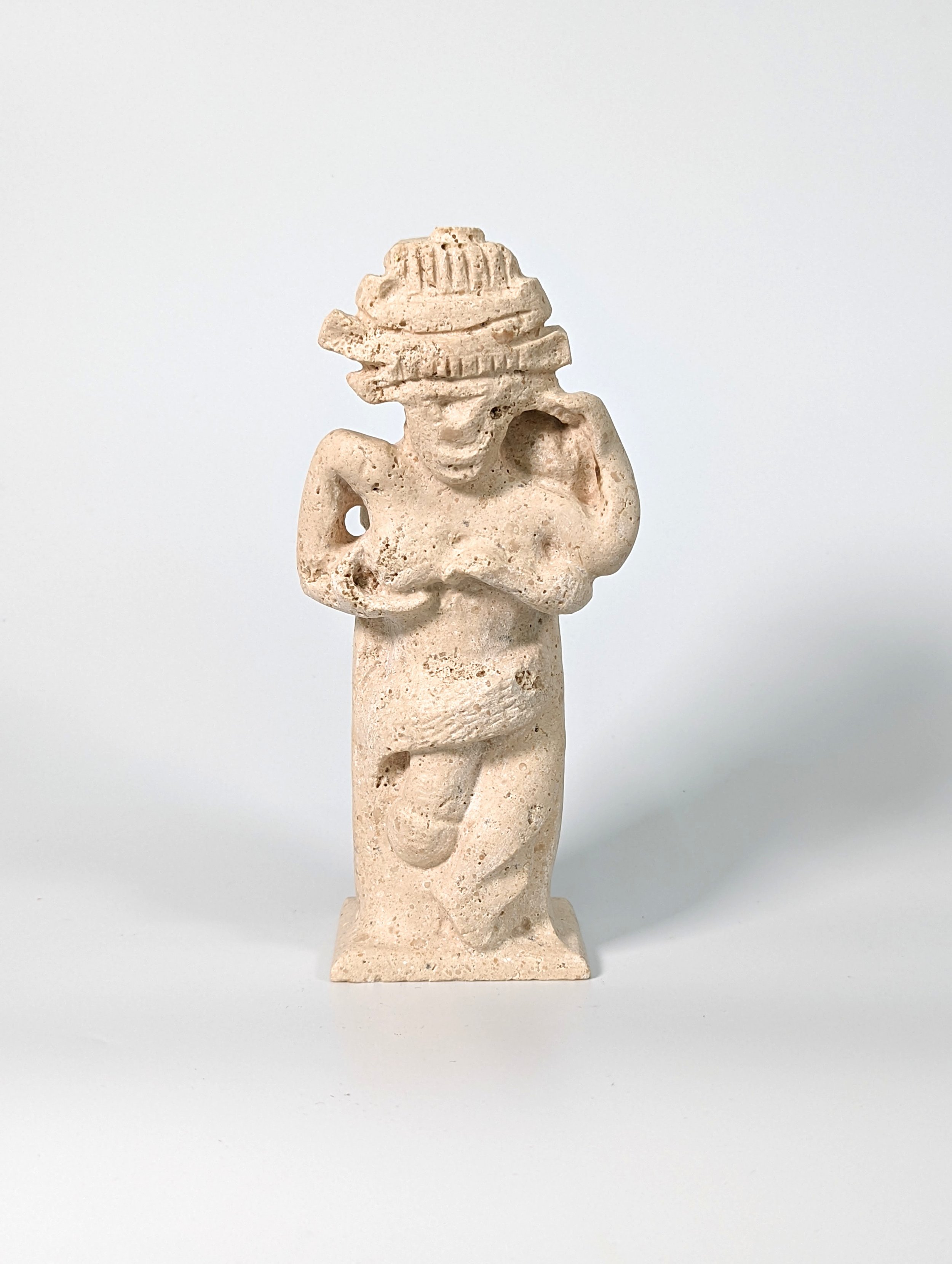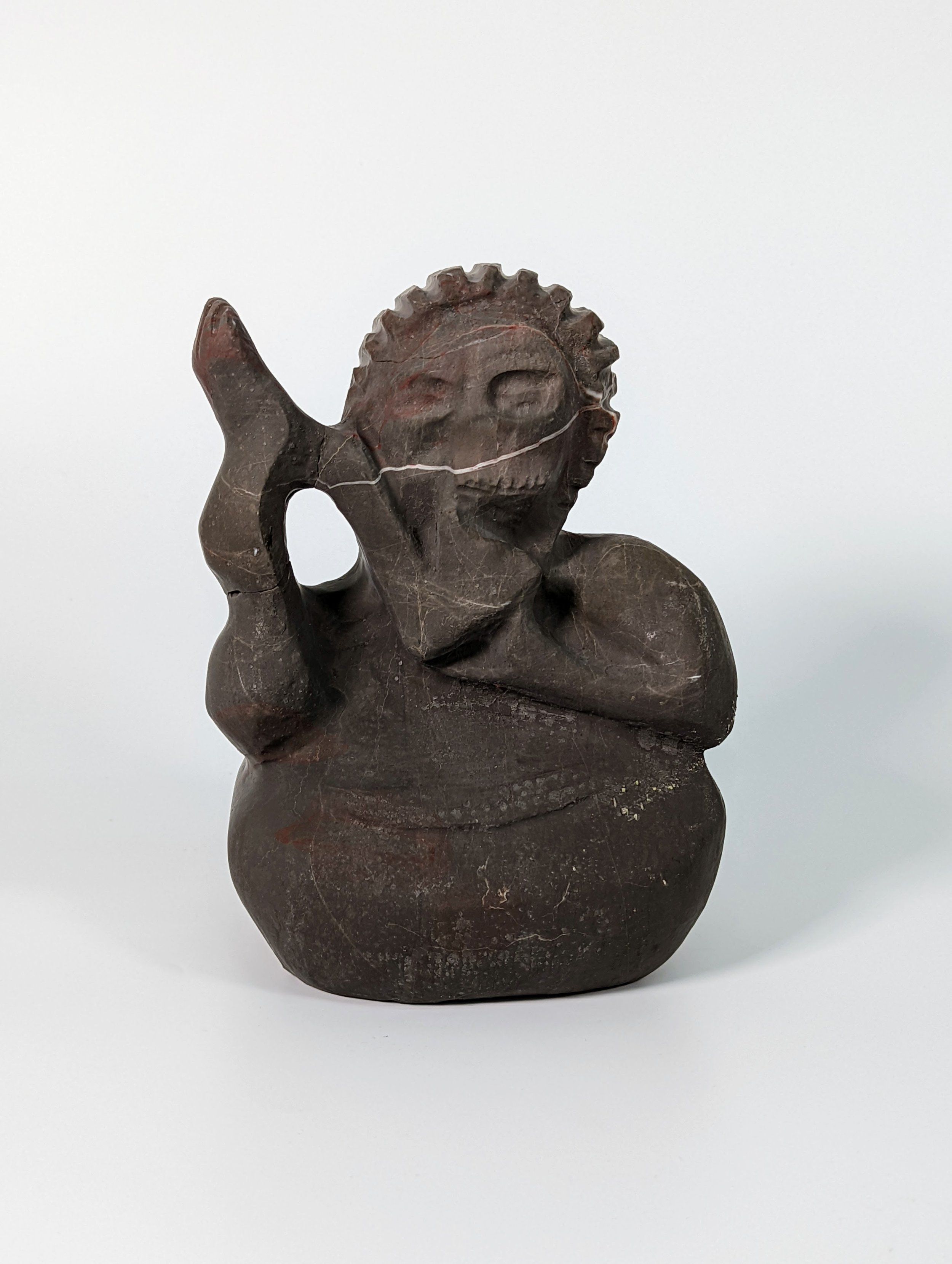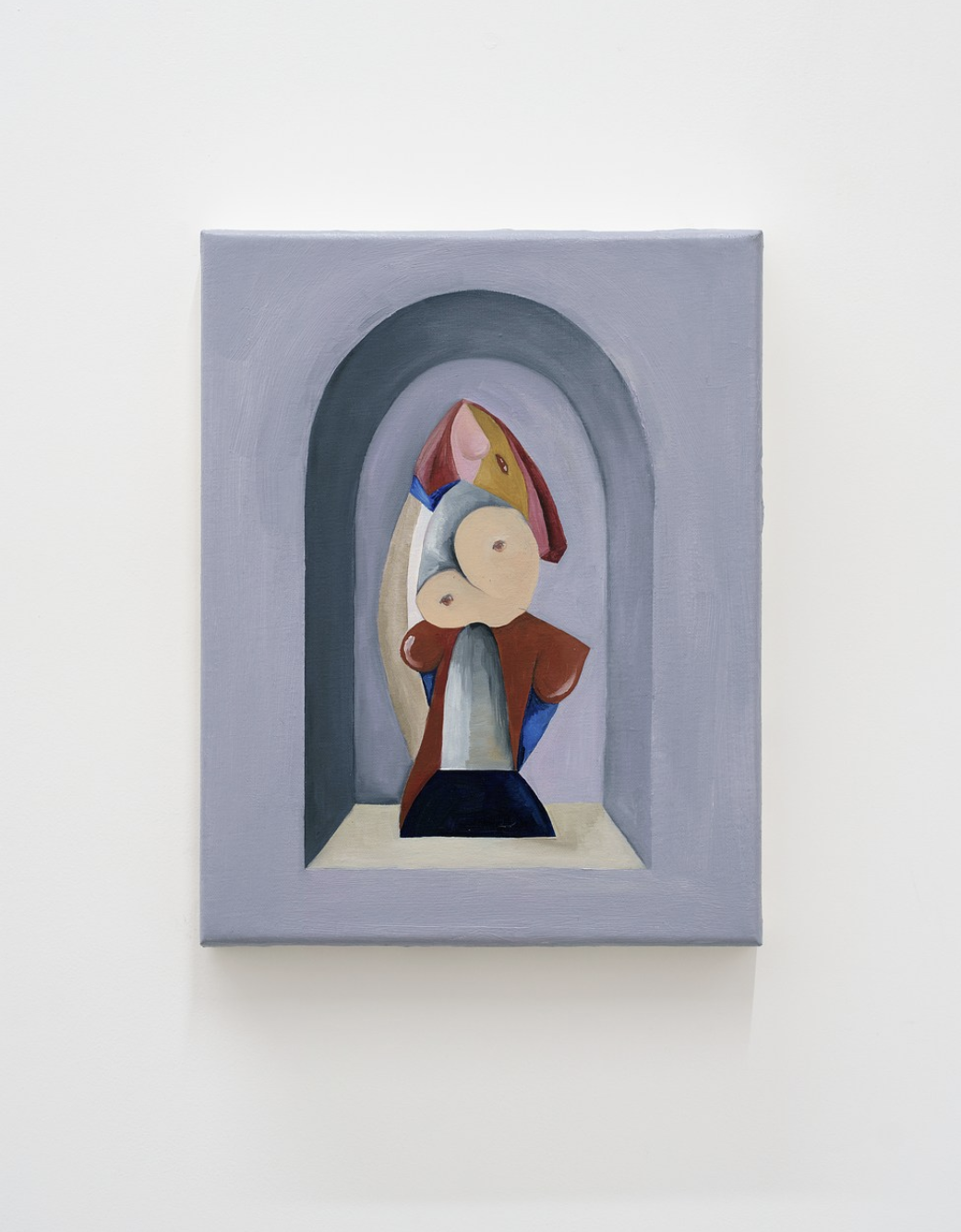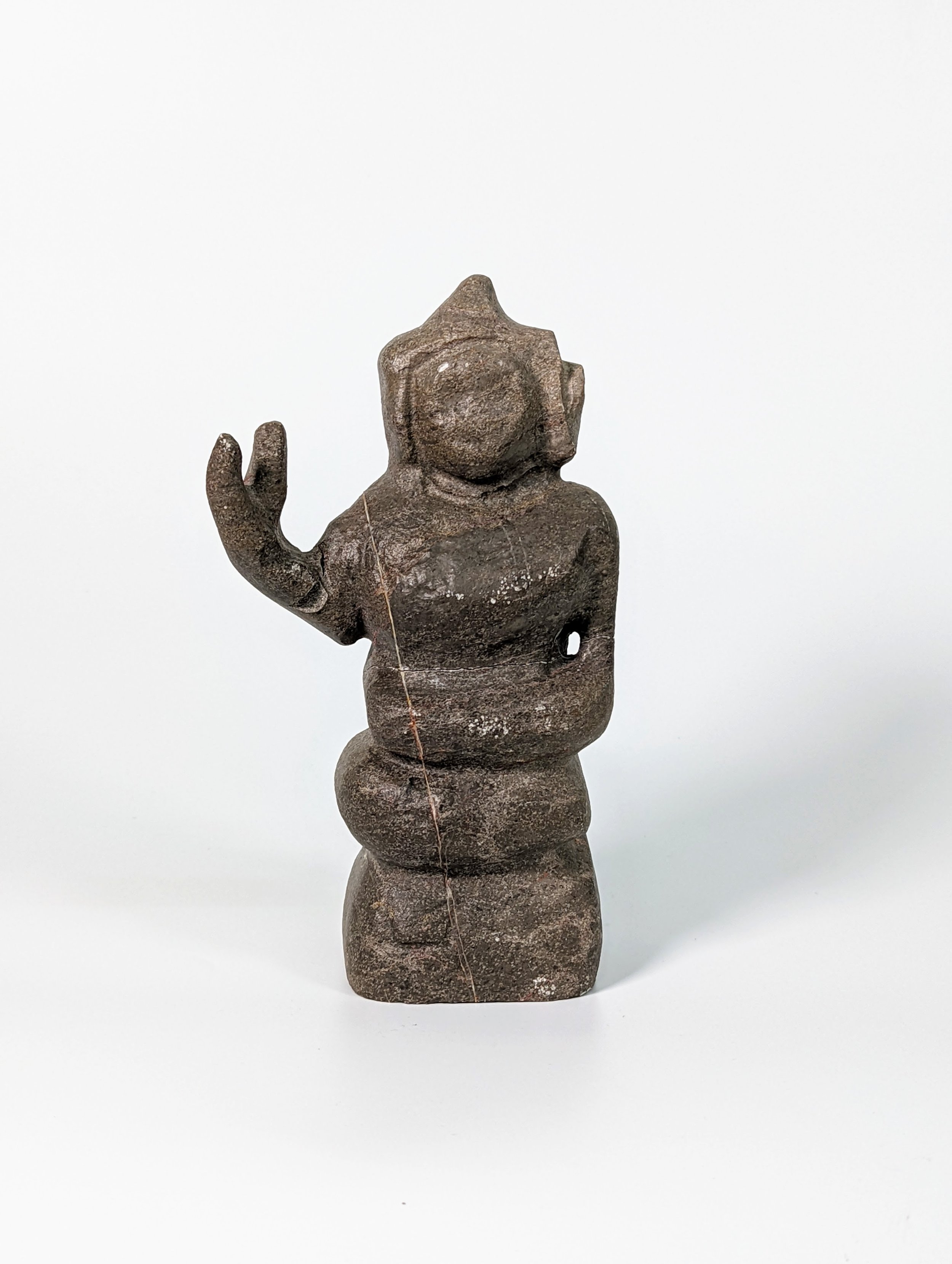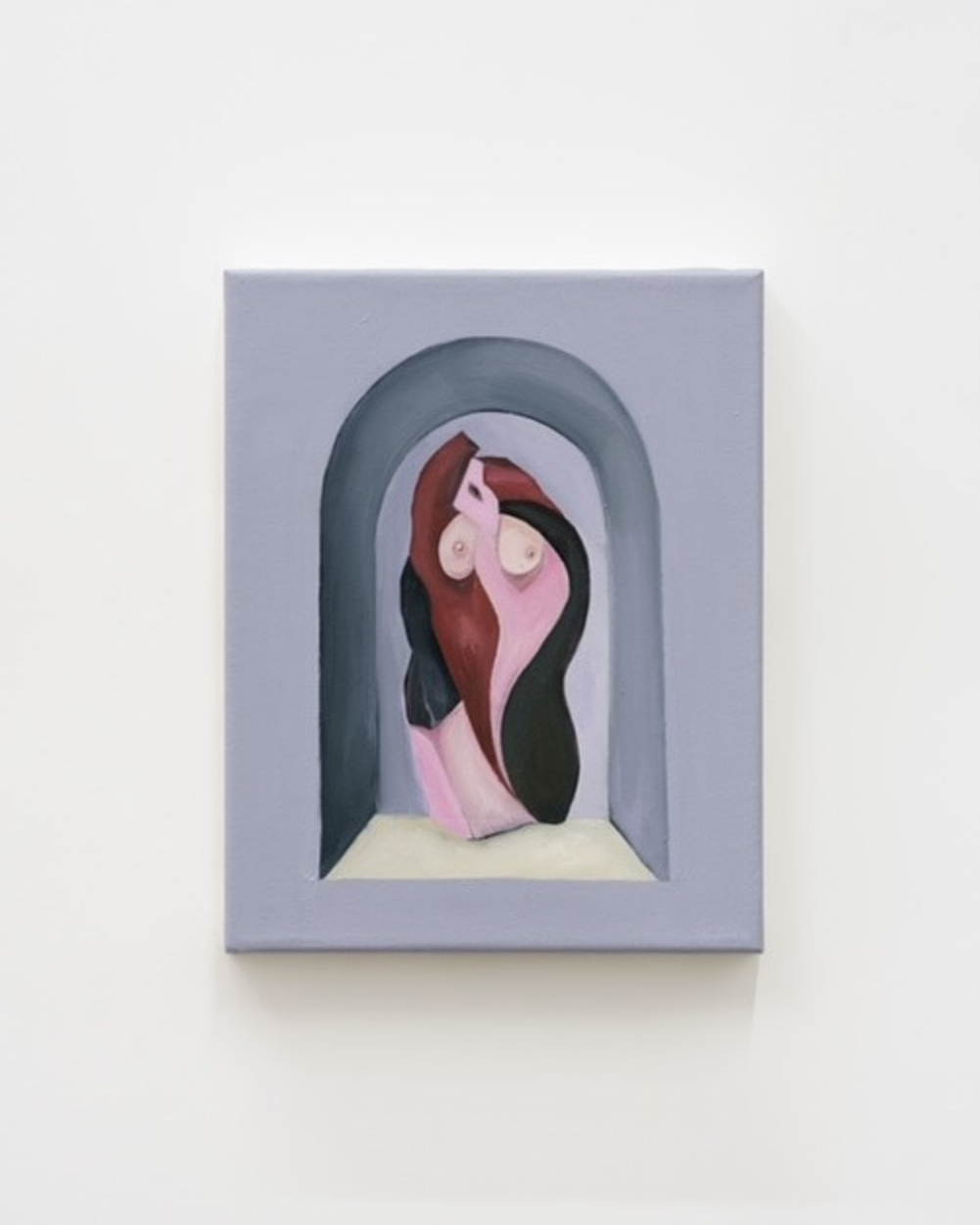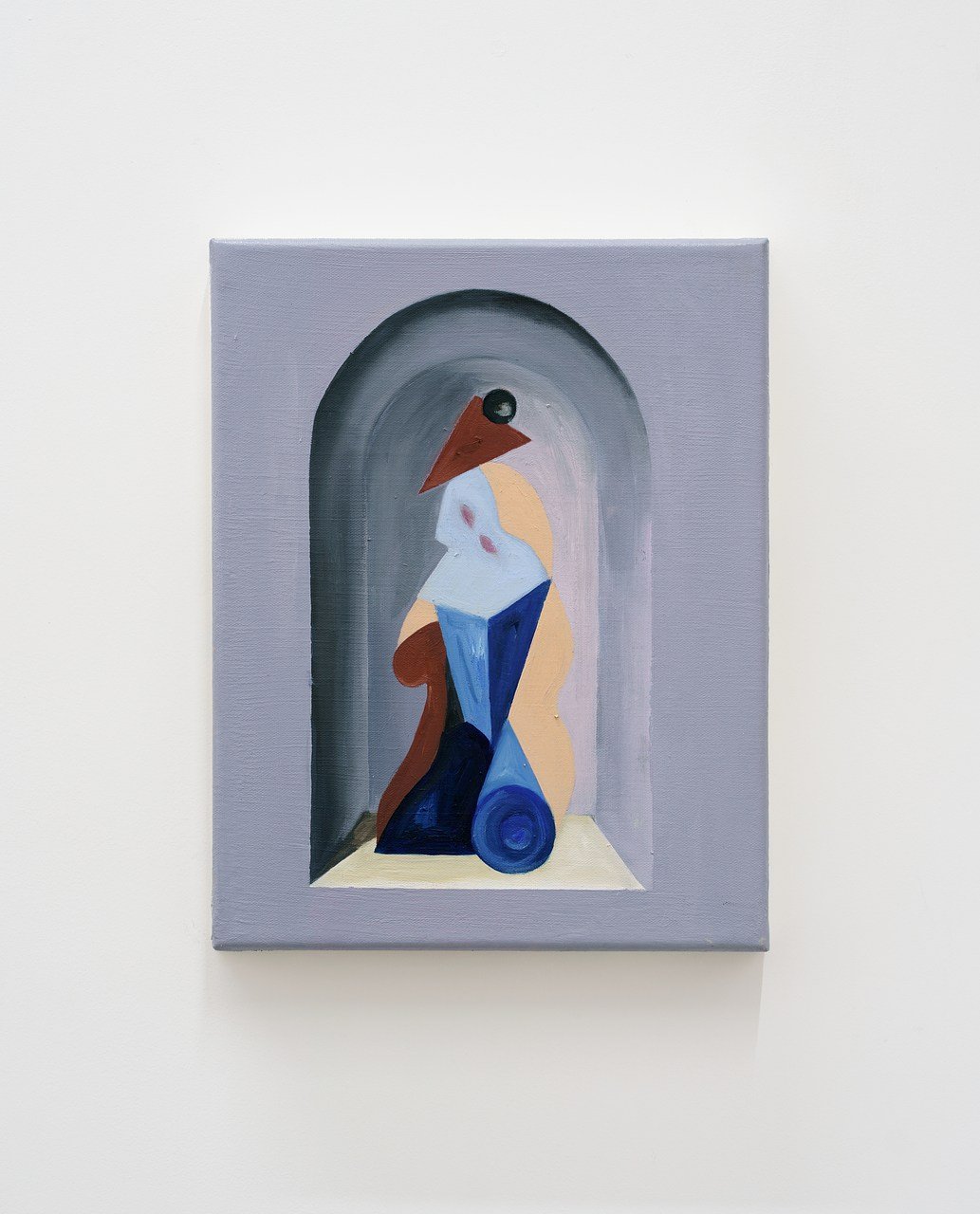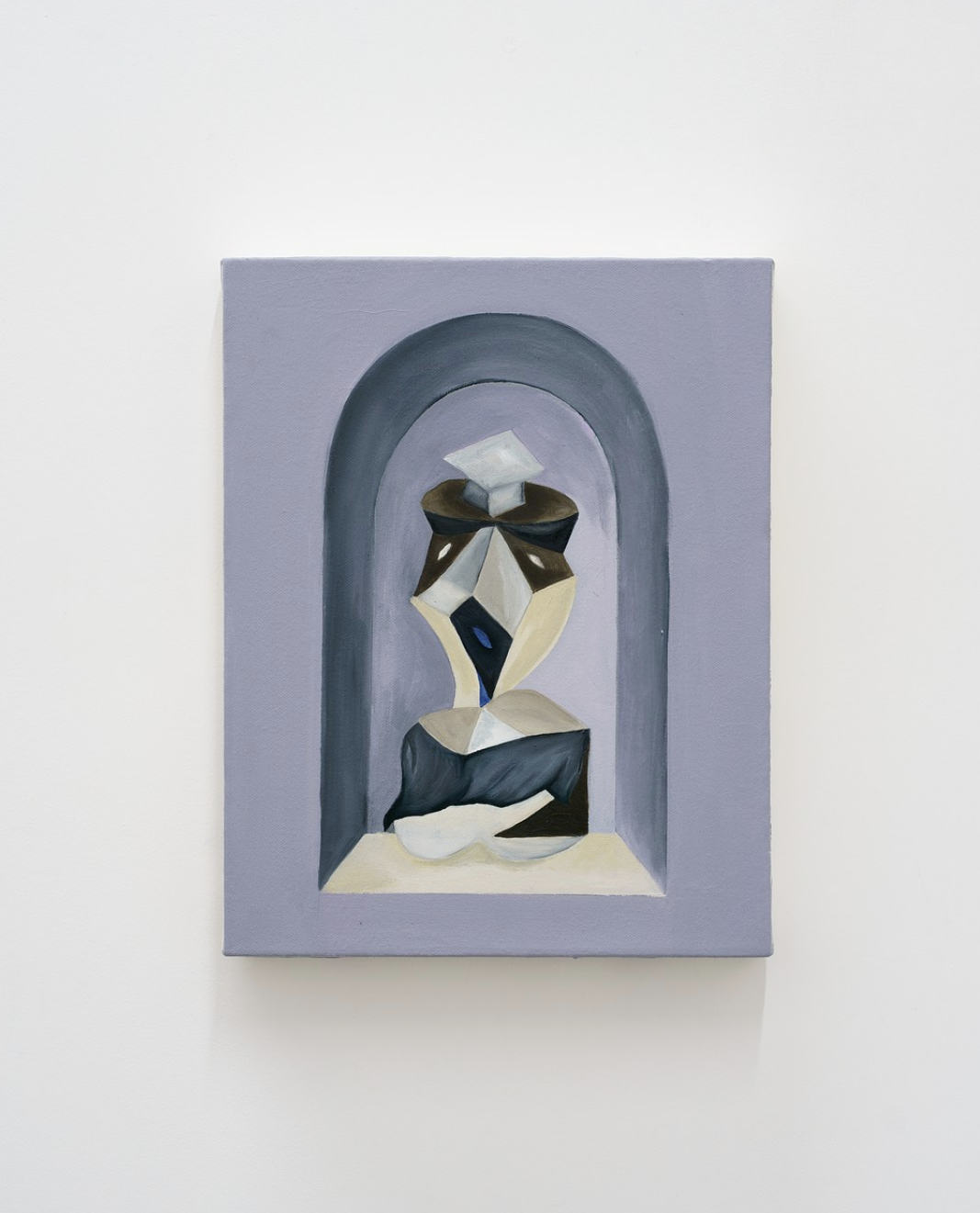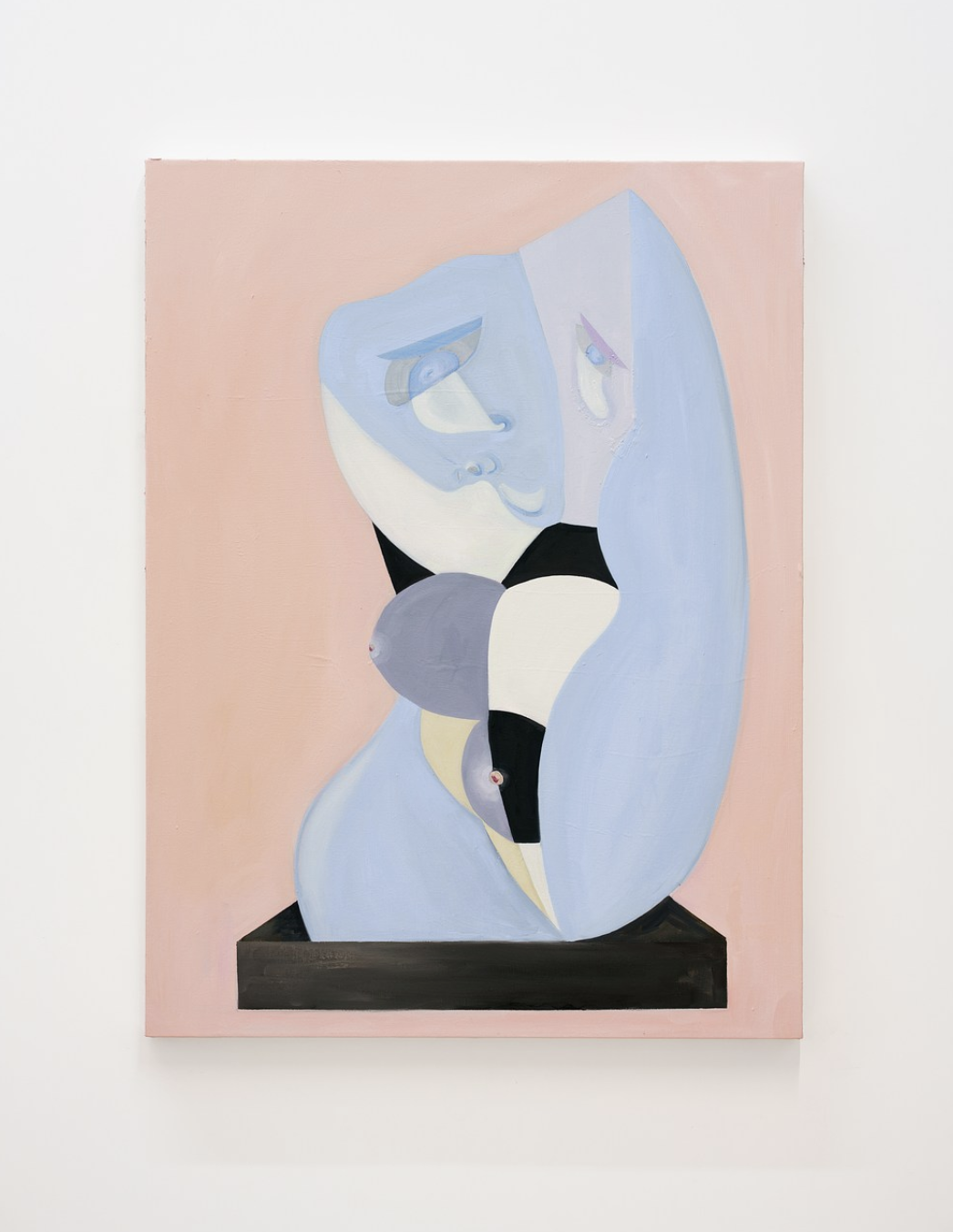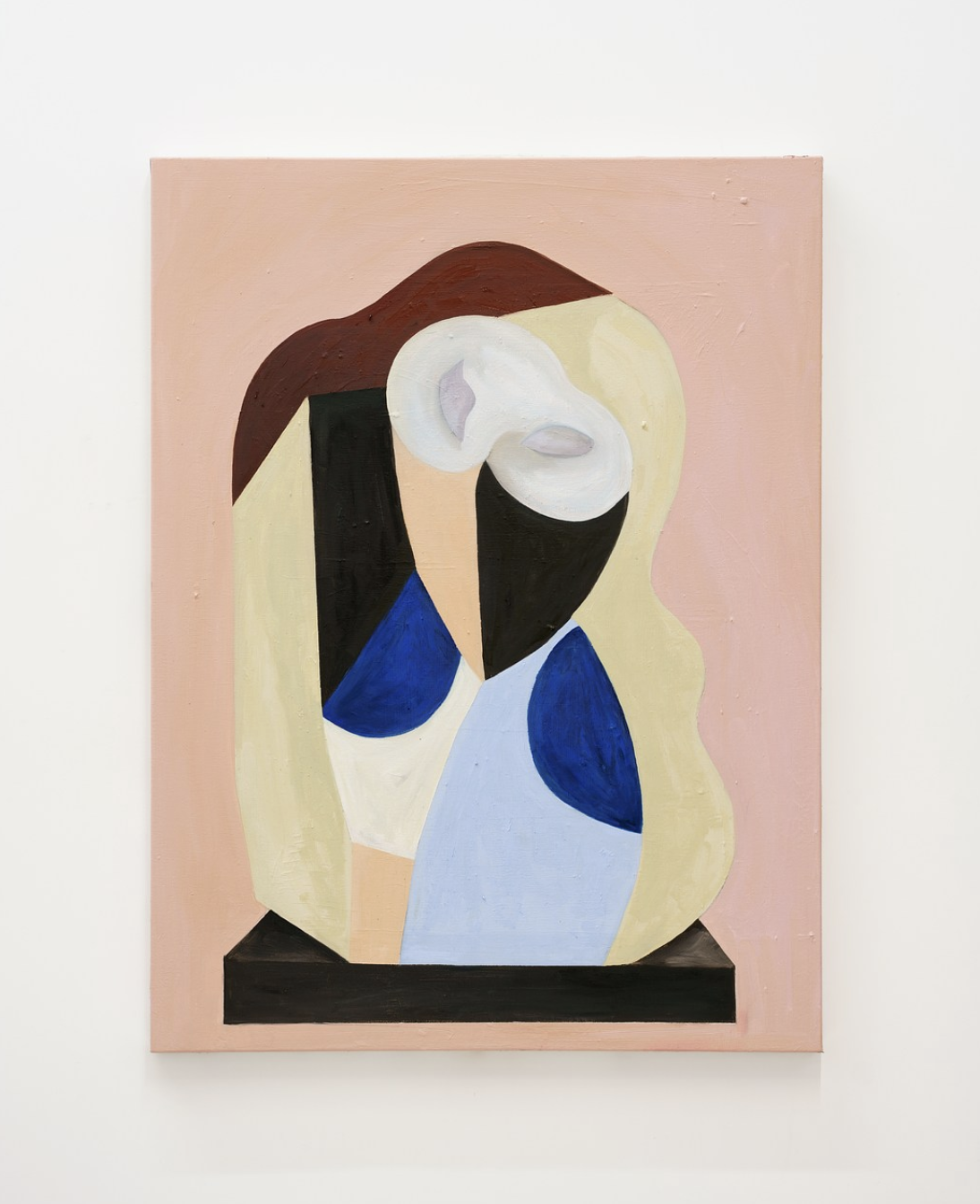Et al. @ Art Athina, 2022
Mattea Perrotta
Mattea Perrotta (b. 1990, Los Angeles, California) paintings explore unconscious desires and the female body. The artist’s work creates spaces where both men and women participate in conversations about the balance between the masculine and the feminine. Perrotta’s artworks evoke feelings of nostalgia even as they abstract the artist’s personal memories and associations—giving viewers the freedom to assemble their own narratives or create their own interpretations.
Perrotta has exhibited widely, including recent solo shows at Haverkampf Leistenschneider, Berlin; Et al., San Francisco; The Landing, Los Angeles; MAMA Gallery, Madrid, Lamb Arts, London; and with Et al. at fairs including Artissima, Turin; and NADA Miami. She has an upcoming show at Praz Delavallade
Anthony Discenza
Anthony Discenza (1968, New Brunswick, New Jersey) is an interdisciplinary artist whose practice considers the relationship between textual and visual systems of representation, as well as the collapse in relations of content and meaning produced by market-driven media technologies. Discenza frequently uses text as an armature to perturb the ideological narratives that mediate contemporary existence and probe the unreliable nature of creative practice. Heavily influenced by speculative fiction and operating within a history of post-conceptual art, his work often relies on withheld or incomplete information to prompt viewers towards larger, imagined constructions.
Discenza has had solo shows at Et al., San Francisco; The de Young Museum, San Francisco; Catherine Clark Gallery, San Francisco; MOCA, Cleveland; Objectif Exhibitions, Antwerp; and in group exhibtions around the world. His work is in the Kadist Collection, and the collections of the San Francisco Museum of Art and the The Berkeley Art Museum. Discenza was in the 2000 Whitney Biennial.
About this body of work:
Computational Archaeologies employs AI text-to-image generators to create images of unspecified ancient artifacts, which are then re-interpreted as physical objects. Written prompts are input into synthetic image generators such as Dall-E, Neuralblender, and Midjourney that probe how each model correlates linguistic concepts such as “ancient” and “artifact” with its visual training datasets, which are assembled from billions of online images and their associated metadata. The resulting depictions, while superficially realistic in appearance, tend to embody a context-annihilating conflation of radically different time periods and cultures–a kind of historical uncanny. In this way, they operate as computational analogues of the “contextual flattening” produced by the accelerated, recombinatory logic of market-driven ideologies, through which cultural and historical specificities are blurred and effaced, and the entirety of the past itself reduced to merely a collection of source material available for reappropriation and remix.
By manifesting these images as material objects, the output of the model becomes concretized (along with whatever biases exist within its dataset). The process also redirects the trajectory of interpretation between the model and human intention, with the computationally-derived image now acting as a visual prompt to guide human workers–who in turn must make their own aesthetic decisions about how to translate the 2D image into a 3D sculpture. Projected into physicality and presented using standard museological vernaculars, these objects function as uneasy artifacts not of any actual time or place, but rather of a decontextualized, machine’s-eye view of the past–a past without any history at all.

